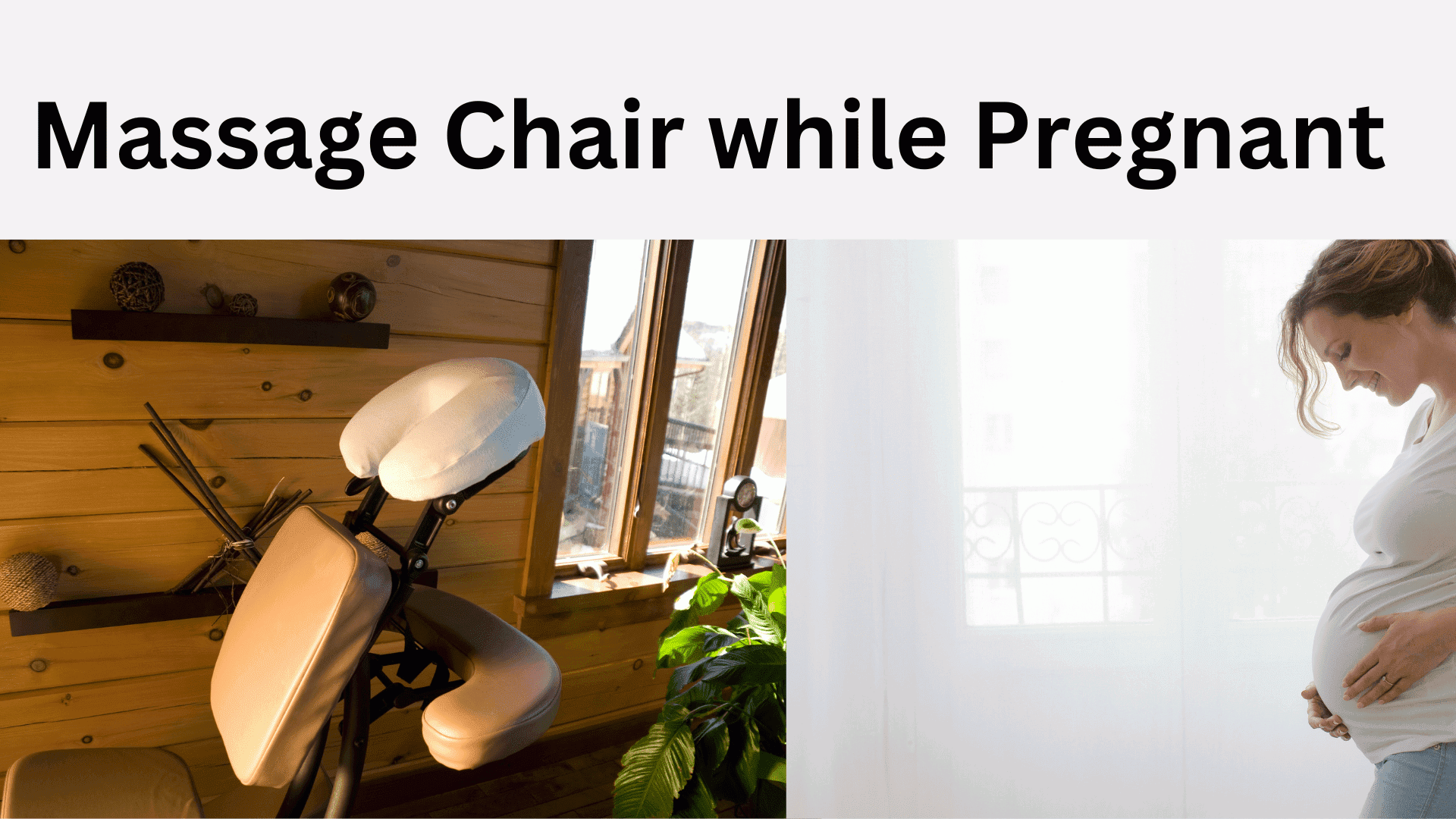Safety and Benefits of Massage Chair Use During Pregnancy: Using Massage Chair While Pregnant

The use of massage chairs during pregnancy presents a complex picture, interwoven with potential benefits and inherent risks. While the allure of pain relief and relaxation is undeniable, navigating this terrain requires a cautious and informed approach, demanding a critical assessment of both the advantages and potential dangers. This analysis will dissect the purported benefits and scrutinize the associated risks, ultimately aiming to empower pregnant individuals to make informed decisions about their well-being.
Benefits of Massage Chair Use During Pregnancy, Using massage chair while pregnant
Massage chairs offer a tempting respite from the physical burdens of pregnancy, particularly back pain, leg cramps, and general muscle tension. The application of targeted pressure and kneading motions can stimulate blood circulation, potentially alleviating discomfort and promoting relaxation. Specific massage types, such as shiatsu or Swedish massage, replicated in certain chair models, may offer targeted relief. However, the effectiveness varies significantly based on individual needs and the chair’s capabilities. The purported benefits should be carefully weighed against the potential risks, and any perceived improvements should be viewed critically in the context of individual circumstances.
Risks Associated with Massage Chair Use During Pregnancy
The potential for harm during pregnancy cannot be ignored. Overheating, a risk with massage chairs equipped with heating functions, can be detrimental to both the mother and the developing fetus. Excessive pressure on the abdomen or lower back can potentially impact blood flow and fetal development. The intensity of the massage, if too vigorous, could also be problematic. Pregnant women should prioritize chairs with adjustable intensity settings and avoid prolonged use. Careful monitoring of body temperature and immediate cessation of use at the first sign of discomfort are crucial precautions. Ignoring these risks could have severe consequences.
Comparison of Massage Chair Types for Pregnant Women
Choosing the right massage chair requires careful consideration of several factors. The following table compares different types and highlights their suitability for pregnant women:
| Model | Features | Benefits | Cautions |
|---|---|---|---|
| Model A (Example: Focus on back and leg massage) | Targeted back and leg massage, adjustable intensity, low heat setting | Effective relief for back pain and leg cramps. | May not address other areas of discomfort. Requires careful monitoring of pressure settings. |
| Model B (Example: Full-body massage with various modes) | Full-body massage, multiple massage modes (shiatsu, Swedish, etc.), adjustable intensity and heat | Offers broader relief, catering to various discomforts. | Risk of overheating with prolonged use. Abdominal massage should be avoided or used with extreme caution. Requires careful selection of massage modes and intensity. |
| Model C (Example: Reclining chair with gentle massage) | Gentle massage, reclining function, limited intensity settings | Provides relaxation and minimal pressure. Suitable for early pregnancy. | May not provide sufficient relief for severe pain. Limited functionality. |
Note: These are hypothetical examples. Always consult the manufacturer’s instructions and a healthcare professional before using any massage chair during pregnancy. The information provided here is for illustrative purposes and does not constitute medical advice. The efficacy and safety of massage chairs during pregnancy remain a subject of ongoing debate and research. Individual responses vary considerably.
